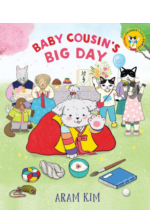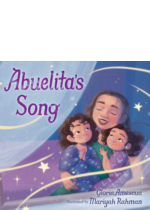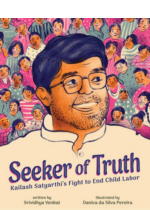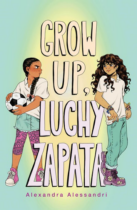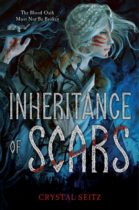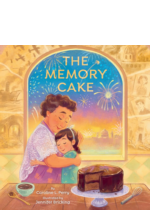
While baking a special cake with her granddaughter, a Maltese grandmother revisits her memories of survival, hope, and life under siege during World War II.Every year, a young girl visits her Nanna on the tiny Mediterranean isle of Malta, and together they bake a cake. As they mix, stir and ice their chocolate confection, Nanna explains why the cake is so special: when she was a girl, she made it to celebrate the end of a WWII bombing campaign against her small country.As they talk, Nanna looks back on the layers of her life: the underground shelters, the bombs, the hunger—and the hope that helped her through her hardest times. Her granddaughter learns about Malta’s enduring traditions, her family history—and her grandmother’s recipe for happiness.Sharing the little-known history of the ‘Siege of Malta,’ this gentle picture book celebrates all who dream of peaceful futures during times of war and uncertainty, and encourages readers to share family stories and memories—even the difficult ones.A note in the back shares the author’s inspiration from her visits to her own Maltese Nanna and the real history of the of ‘Siege of Malta’, along with a recipe for Nanna’s memory cake.

